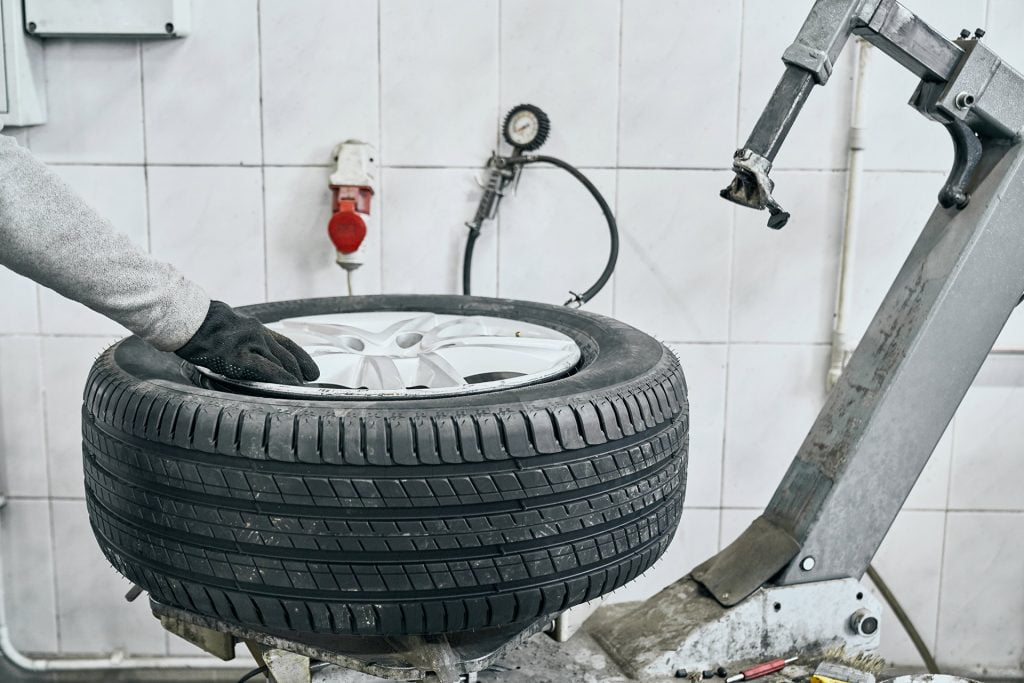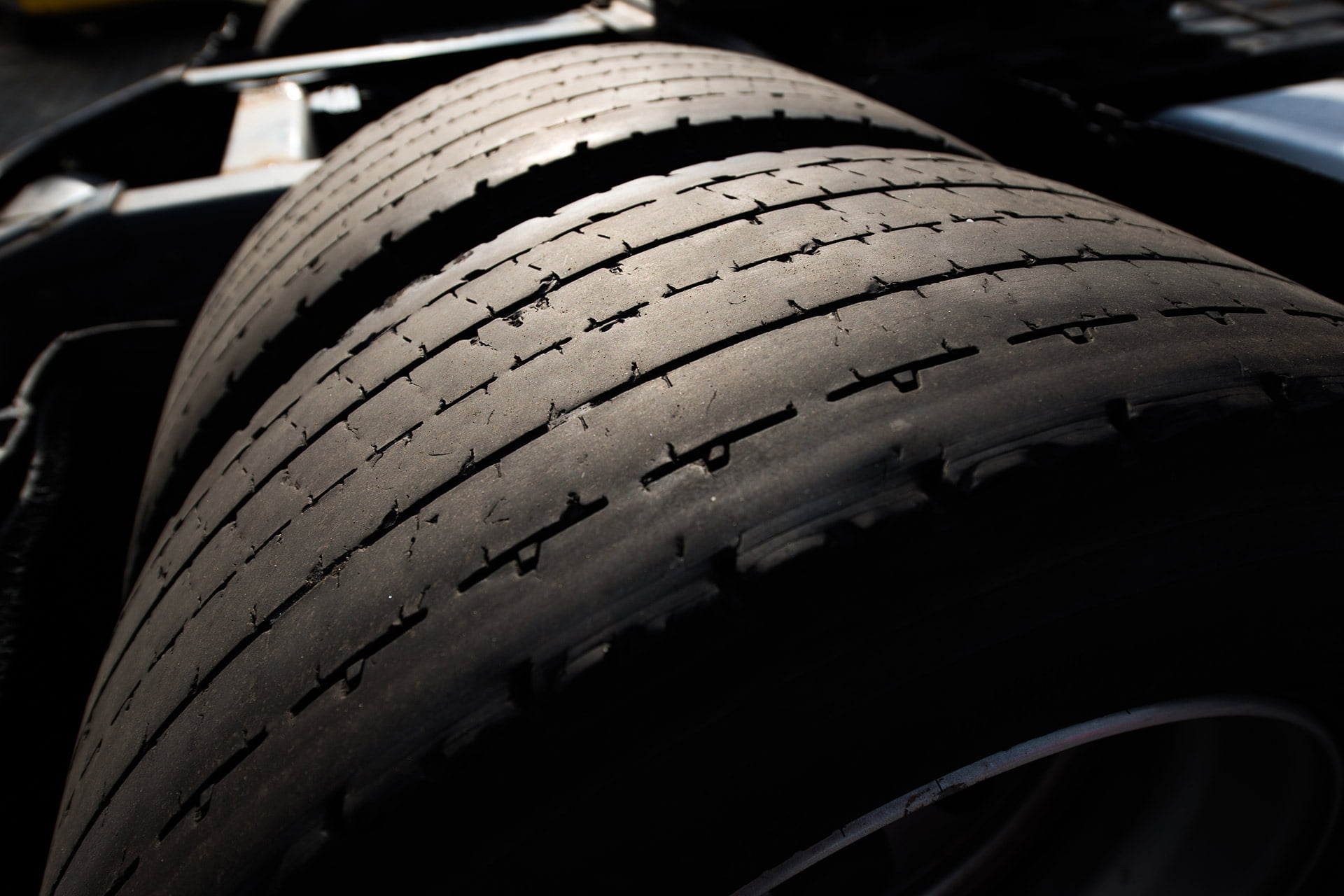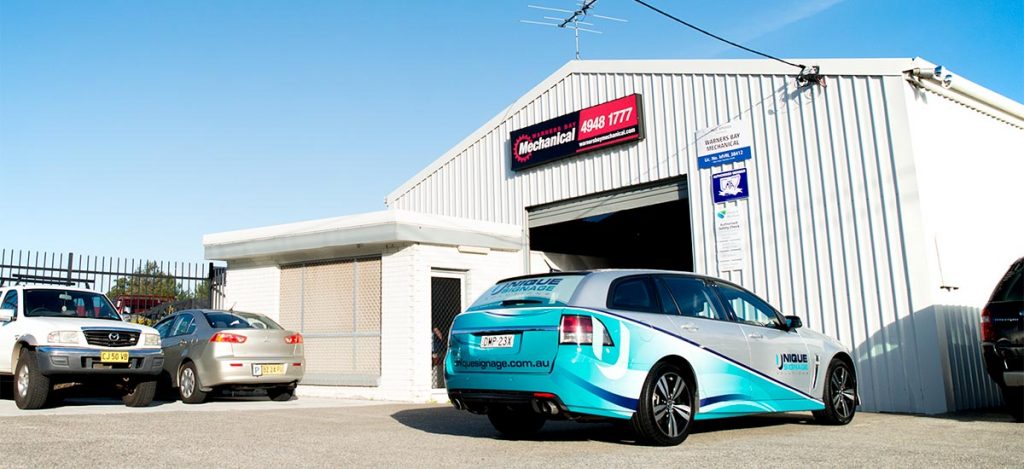
Tyre Wear
Your tyres are the only grip your car has on the road – making sure they’re in good condition is a must to stay safe. Here are the two clear signs it’s time for new tyres.
1. There’s not enough tread on your tyres
Tyre tread is designed to remove and disperse water between the tyre and the road surface to maintain good grip when it’s wet – on a brand new tyre, the tread is typically eight millimetres deep.
The minimum legal tread depth in Australia is 1.5mm. A tyre with less than 1.5mm tread depth can increase the distance it takes your car to stop, reduce your grip levels on the road and increase the serious risk of aquaplaning or sliding in wet conditions.
Small bars of rubber running across the grooves in between the tread – called tread wear indicators – tell you when the tyre is worn out. If the tread is worn down to these bars on any part of the tyre, it’s worn out, unroadworthy, and needs to be replaced.
If your car tyres are worn unevenly but not necessarily worn out, it is usually a sign of a steering or suspension problem. Having it checked out and fixed will make your car safer and maximise the life of your tyres.
Even when your tyres seem to be wearing well, a wheel alignment every 12 months or 20,000km is a good idea to ensure a long tyre life.

2. There is visible sidewall damage on your car tyres
A quick visual inspection of tyre condition when you check your tyre pressure can help you detect damage early, reducing the risk of tyre failure.
A cut, bulge or missing chunk from the sidewall is usually the result of impact with a gutter or pothole and can make a tyre unroadworthy and unsafe.
A bulge means the inner structure of the tyre sidewall has separated and is allowing the air inside to push against the rubber facing of the sidewall, which puts the tyre at an increased risk of failure.
If the rubber facing on the sidewall has been cut or damaged through to the inner structure, it’s time to get the tyre replaced.
Another sign to watch for is crazing (small cracks) on the tyre sidewall. This is caused by strong sunlight and sea air (because of its high concentration of ozone). If you live near the sea or your car is frequently outside in the sun, keep an eye out for these signs too.




